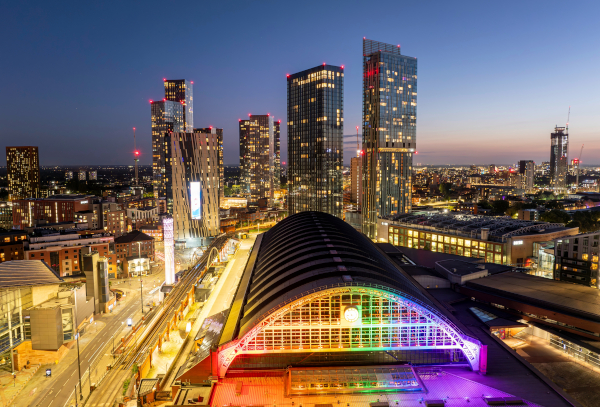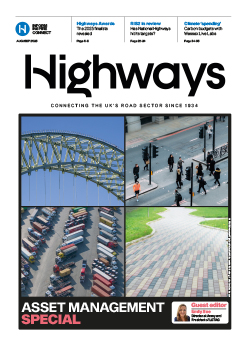Greater Manchester has approved a £6m investment to progress plans for expanding its tram and tram-train network, as well as feasibility work on a central subway.
Approved by the Bee Network Committee and formally endorsed by the Greater Manchester Combined Authority, the cash will advance feasibility studies and planning for key projects as part of a 'pipeline' of rapid transit schemes.
This broader Greater Manchester Strategy aims to ensure that 90% of the city-region’s population lives within a five-minute walk of a bus or tram arriving at least every 30 minutes by 2030.
The money will support:
- the outline business case for the Oldham-Rochdale-Heywood-Bury tram-train, with construction to start in 2028
- the strategic outline case for the East Disbury-Stockport Metrolink expansion, with a possible start date of 2030
- starting the strategic outline case for the Airport Line’s Western Leg
- starting the strategic outline case for a north-west link featuring Salford Crescent and Salford Quays, with potential further stops at Leigh, Wigan, and Bolton
- developing pre-strategic outline case documents for connections in Middleton, Northern Gateway, Trafford Waters, Port Salford and the Western Gateway
- assessing feasibility of a central underground public transport system
- protecting the potential for future routes to Glossop, Hadfield, Marple, and Warrington
- buying ‘next generation’ trams that are fully walk-through and double the length of the usual tram.
Mayor of Greater Manchester, Andy Burnham, said: 'We’re planning to connect all ten boroughs to the ever-popular Metrolink network as part of a long-term, sustained expansion of the Bee Network.
'This latest funding means we can develop the case for a pipeline of both tram and tram-train new lines and extensions – and ultimately underground infrastructure in the city centre – to make sure we get a public transport system befitting the global city region we are.
'More people are getting on board the Bee Network, but we can’t afford to be complacent. We need to plan ahead to accommodate continued growth, with more tram, bus and train routes giving people a viable alternative to the car.'






